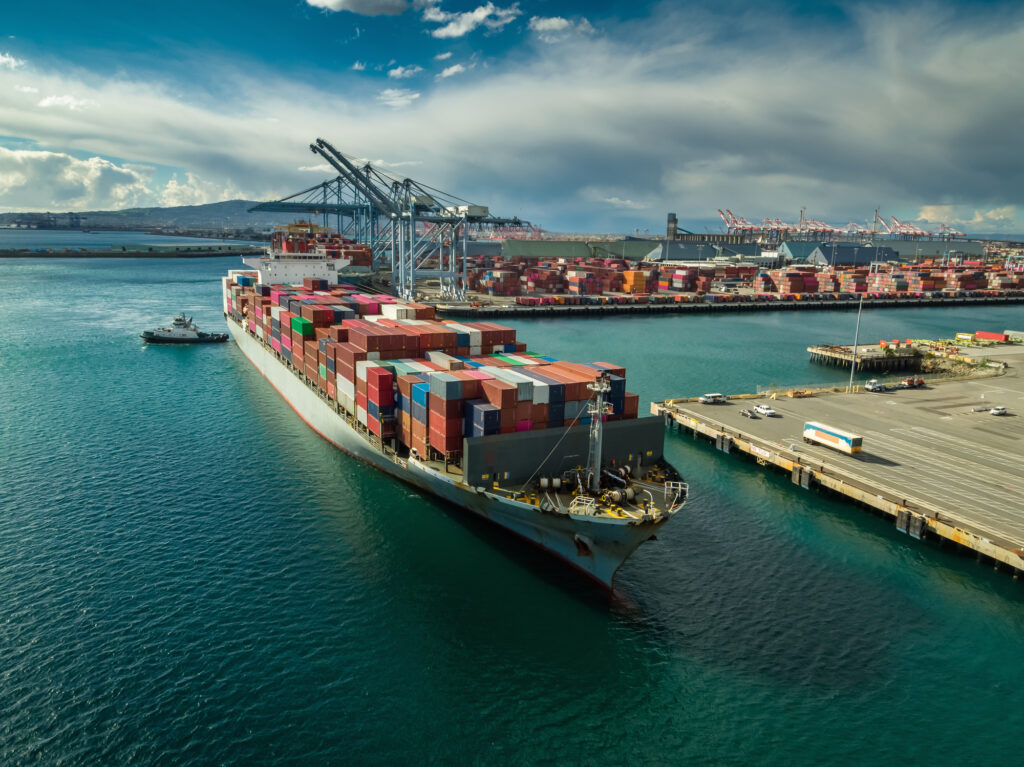
“While no nation should be faulted for seeking to develop maritime capabilities, Beijing’s ambitions go well beyond that.”
The U.S. International Trade Commission hosted a public hearing on Wednesday regarding the Office of the United States Trade Representative’s Section 301 investigation into the Chinese commercial shipbuilding industry’s unfair trade practices. And the Alliance for American Manufacturing (AAM) was on hand to weigh in.
You’ll remember this shipbuilding investigation. It came about in April 2024, after the United Steelworkers (USW) and their allies in the American labor movement petitioned the federal government to look into the uncompetitive practices that help maintain China’s dominance of this manufacturing sector.
Decades ago, the United States was a global leader in commercial shipbuilding. Today, the industry is virtually nonexistent here. And while it wasn’t just unfair Chinese trade policies that sent this industry offshore, it will be virtually impossible to reshore shipbuilding and its supply chains without addressing them.
That’s the argument AAM President Scott Paul made at today’s hearing:
The largest obstacles to shipbuilding in the United States are the unfair trade practices of China. While no nation should be faulted for seeking to develop maritime capabilities, Beijing’s ambitions go well beyond that. China’s shipbuilding capacity has been turbocharged through a series of efforts aligned with Five-Year Plans dating back more than two decades. Some of the support for Chinese industry identified in the petition include policy loans from state-owned banks, equity infusions and debt-for-equity swaps, the provision of steel plate from state-owned steel producers at below market prices, tax preferences, grants, and financing from China’s state-owned export credit agencies. Shipbuilding was identified as a pillar industry in the Made in China 2025 scheme. Beijing sought nothing short of dominating global commerce.
There are also valid concerns about foreign capital and technology flowing into Chinese dual-use shipyards, which contribute to both civilian and military shipbuilding capabilities. China sought this transfer of technology, sometimes through means that are unfair or illegal, such as intellectual property theft, to help bolster its naval buildup, a goal laid out in the Thirteenth National Five-Year Plan of 2016. Things are so bad that our own Navy must rely on Chinese-made dry docks in certain circumstances.
The practices I referenced have allowed China to capture a massive portion of global shipbuilding orders, with reports indicating that China secured 76% of such orders in April 2024 alone. This dominance in the market continues to have a detrimental effect on shipbuilders in other countries, including the United States.
We’ll be following along as USTR conducts its investigation. For more on why the Steelworkers and their allies called for it, listen to AAM’s interview with USW International President Dave McCall on the Manufacturing Report podcast:
